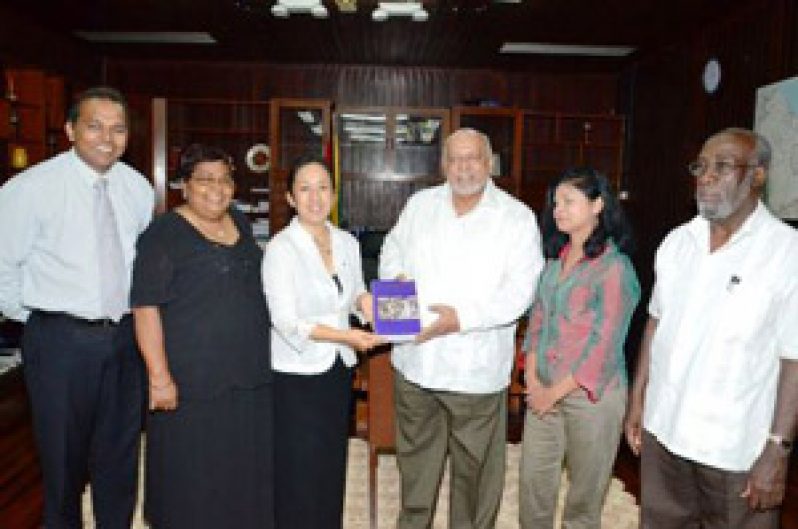A plan of action to preserve Guyana’s loyalty upon ratifying the 2003 Convention on Safeguarding the Intangible Cultural Heritage was advanced at the end of a two-day workshop hosted by the Ministry of Culture, Youth and Sport, in partnership with the United Nations Educational, Scientific and Cultural Organisation (UNESCO).
 With Consultant Dr. Kris Rampersaud facilitating, stakeholders at the workshop were able to map out a step-by-step process by which Guyana can safeguard its intangible cultural heritage. A key element will include involvement of community stakeholders where it is believed the wealth of knowledge about things cultural is guarded and the holders of that culture can be easily identified.
With Consultant Dr. Kris Rampersaud facilitating, stakeholders at the workshop were able to map out a step-by-step process by which Guyana can safeguard its intangible cultural heritage. A key element will include involvement of community stakeholders where it is believed the wealth of knowledge about things cultural is guarded and the holders of that culture can be easily identified.
Dr. Rampersaud, a media cultural and literary consultant, researcher and writer, who brought the good news to President Donald Ramotar, yesterday, said the community component is a principal element.
“We are all on board with what these conventions can do for Guyana… in terms of activating the communities to take charge of their cultures, knowing how in Guyana some of the communities are so remote and the fact that some of the cultures are disappearing so quickly, not just with erosion from outside influences, but just from the mere fact that the young people are no longer interested,” Dr. Rampersaud said.
The workshop was deemed a success as it was well attended, lively and informative, according to Director of Culture Dr James Rose, who joined Minister of Culture Youth and Sport Dr. Frank Anthony in yesterday’s courtesy call on President Ramotar.
The visiting team, which also included Programme Specialist in Culture at the UNESCO Cluster Officer in Jamaica Himalchuli Gurung, and Secretary General for the Guyana National Commission for UNESCO Inge Nathoo, engaged in meaningful dialogue with President Ramotar on the importance of preserving Guyana’s cultural heritage and the procedures and implications of ratifying the Convention.
In 2006, the Convention for the Safeguarding of the Intangible Cultural Heritage came into force, with 149 member states as of January 2013 adopting.
It is based on the goals of safeguarding intangible cultural heritage, ensuring respect for the intangible cultural heritage of communities, groups and individuals concerned, raising awareness of and appreciation for the importance of the intangible cultural heritage at local, national and international levels, and providing international cooperation and assistance.



.jpg)









